The Myth of Repeat Business as a Client Experience Metric for AEC Firms

- Repeat business is valuable but not a complete measure of client experience. It can mask issues and foster complacency.
- High repeat work often signals you’re meeting minimum expectations, but it doesn’t uncover friction points or areas for improvement.
- Structured client feedback at project milestones provides measurable insights into communication, responsiveness, and ease of doing business.
- Top-performing AEC firms continuously measure and refine client experience, even when they’re already successful.
- Incremental improvements in soft skills and processes build stronger client loyalty and long-term competitive advantage.
In the AEC industry, it’s common to hear firm leaders proudly touting that a majority of their work comes from repeat clients. High-repeating business is certainly a great thing—and, frankly, it’s a necessity to survive in the built environment. But let’s be clear: relying solely on repeat business as the primary metric for measuring client experience is misguided at best and dangerous at worst. If you believe that repeat business alone tells you everything you need to know about your client experience, you’re missing the bigger picture.
Let me explain why.
Repeat Business Is Not the Destination
Most AEC firms wouldn’t still be in business if they didn’t deliver good work and generally provide a positive experience to their clients. The industry as a whole offers real value to clients, which is why firms enjoy high levels of repeat work. But here’s the problem: too many firms stop there. They assume that because clients keep coming back, everything must be fine.
But high-performing firms don’t view repeat business as a destination. They see it as a moving target, an ongoing journey. They understand that client experience isn’t static, and neither are client expectations. Even when clients are satisfied enough to give you their next project, that doesn’t mean you can’t—and shouldn’t—improve. Assuming otherwise is complacency dressed up as confidence.
The Fallacy of Assumptions
When you make repeat business your only benchmark, you’re operating on assumptions: that clients are thrilled with your work, that there’s nothing more to improve, and that the experience you deliver today will suffice tomorrow. But assumptions are the enemy of progress.
High repeat business might indicate that you’re meeting the minimum expectations of your clients. But it tells you little about the nuances of their experience. Many firm leaders rely on general conversations and meetings with clients to gauge satisfaction, but these are often broad and affirming rather than specific and probing. Small areas of friction are unlikely to surface in such conversations, and even if they do, it is difficult to quantify, track, and scale that kind of feedback. It won’t tell you if clients feel that your communication could be better. It won’t show you where you fell short during certain phases of the project. It won’t reveal the small irritations that might snowball into big problems later on.
Why Measurement Matters
Client experience has to be measured—and it has to be measured in detail. That’s where structured client feedback and listening programs come in. Too often, firms operate without any systematic way to listen to their clients, relying instead on gut feelings or anecdotal evidence. That’s risky.
Milestone-based feedback throughout the project lifecycle allows you to quantify how you’re doing, not just at the end but along the way. It gives you insights into specific elements—helpfulness, responsiveness, accuracy, schedule adherence, communication, ease of doing business—all of which are critical to the overall experience. These are things that repeat business doesn’t inherently reveal.
High-Performing Firms Are Always Improving
Here’s the irony: the firms that are already at the top of their game—the ones with the highest levels of repeat business, referral business, and client satisfaction—are the very firms that invest most in measuring and managing client experience. Why? Because they know that excellence isn’t a one-time achievement. It’s about continuous improvement.
Some of the most accomplished athletes are known to focus intensely on improving the weakest parts of their game in order to stay elite and continue to improve. The same goes for high-performing firms. They want to identify where they can get better, and they want to get better.
These firms aren’t assuming that everything is broken. In fact, they know that most of it is working well. But they recognize that being the best requires refining even the smallest details. They want to know where friction exists, even if it’s minor. They use feedback not just to fix problems but to stay ahead of their competition by standing out with exceptional experiences. With tools like ClearlyRated’s Client Feedback Software for AEC Firms, these companies can benchmark performance against industry peers, identify friction points, and continuously raise their CX standards.
Beyond the Project Deliverable
Another critical point: client experience in the AEC industry extends far beyond the project deliverable. Great design, solid engineering, functional structures, accident-free jobsites—those are table stakes. Your clients expect you to deliver these. What truly differentiates your firm is how you deliver them.
The soft skills matter—communication, collaboration, responsiveness, and even just being easy to work with. These are the aspects that set you apart and create loyalty that goes beyond habit. And these are exactly the aspects that structured feedback can illuminate.
Incremental Gains Add Up
Many firms think of feedback as something you do when things go wrong, but that’s a narrow view. Even your satisfied, most loyal clients can point to moments when expectations weren’t fully met. Those little moments matter. Incremental improvements—better communication here, faster response there, smoother processes—add up to a significantly better client experience over time.
Feedback isn’t just about identifying catastrophic failures. It’s about uncovering the small, often invisible friction points and removing them. It’s about asking clients where you can improve, even when they’re already satisfied. That mindset of continuous improvement is what turns satisfied clients into raving fans.
Don’t Let Success Breed Complacency
If you’re relying solely on repeat business to measure client experience, you’re likely leaving valuable insights on the table. Worse yet, you may be letting complacency take root. Clients may still come back because you’re good enough—or because they don’t feel they have better options yet—but that’s no guarantee they’ll stay forever.
In today’s competitive landscape, “good enough” is a dangerous place to be. Firms that invest in truly understanding their clients and improving even the smallest aspects of their experience are the ones that will thrive long-term.
In Summary
High repeat business is a good sign—but it’s not enough. It’s a starting point, not the finish line. To truly understand and improve client experience, you need more than assumptions. You need data, insights, and a willingness to act on them.That’s why investing in Client Feedback Software for AEC Firms, such as ClearlyRated, is critical. It provides the structured insights you need to go beyond repeat business and deliver experiences that build loyalty and long-term growth.
The best firms don’t measure client experience just to fix what’s broken. They measure it to get better—even at the things they already do well. They understand that delivering great project outcomes is only part of the equation. How you deliver them is just as important.
So yes, celebrate your repeat business. But don’t let it lull you into thinking your clients have nothing to say. Because they do—and the firms that listen are the ones that lead.
FAQs


.png)

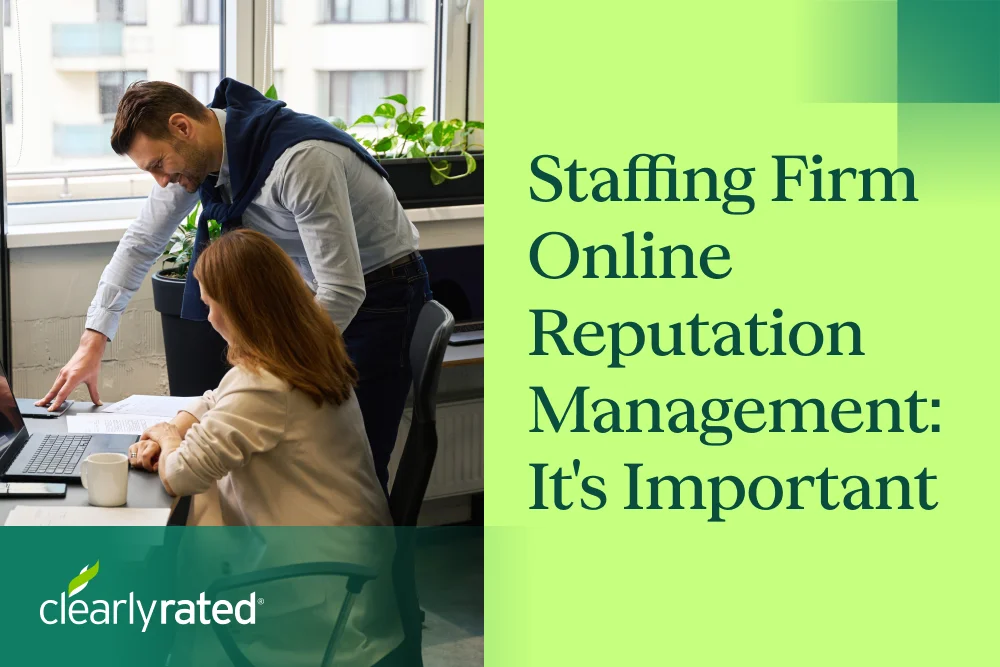

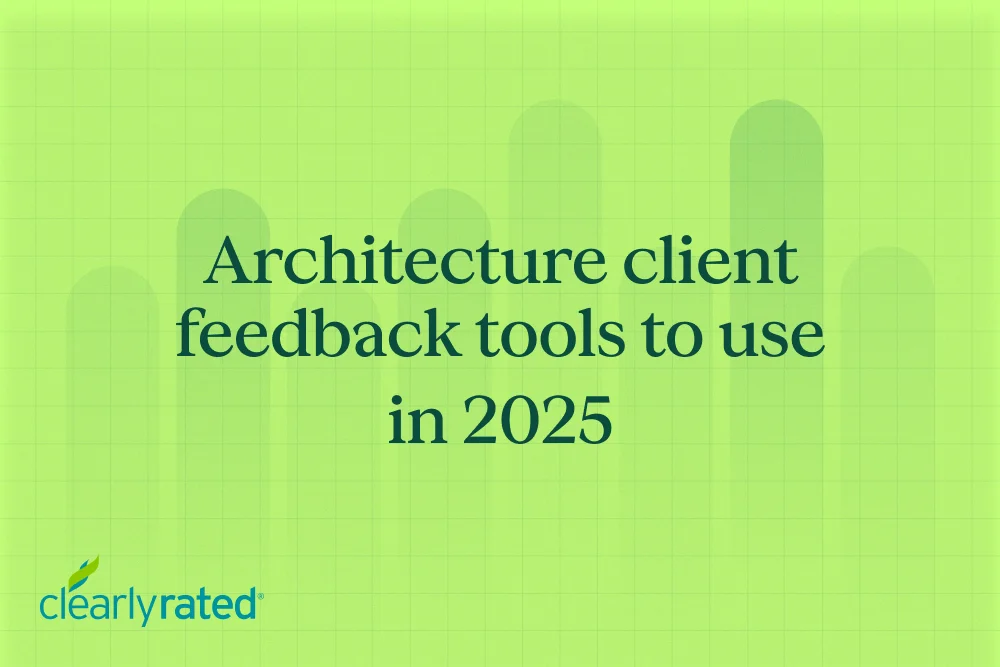


%5B1%5D.webp)
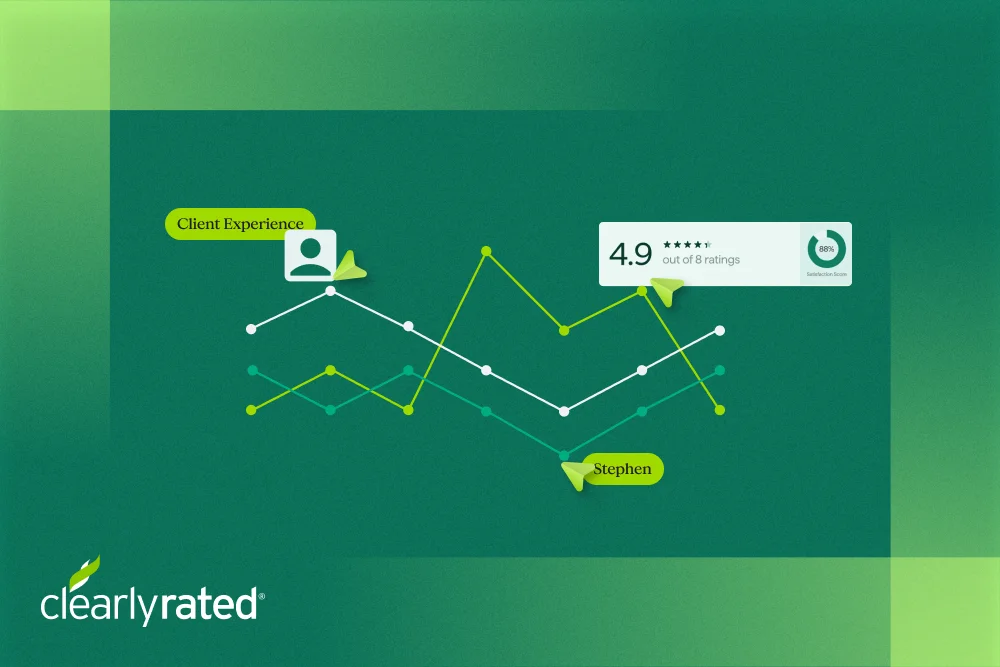

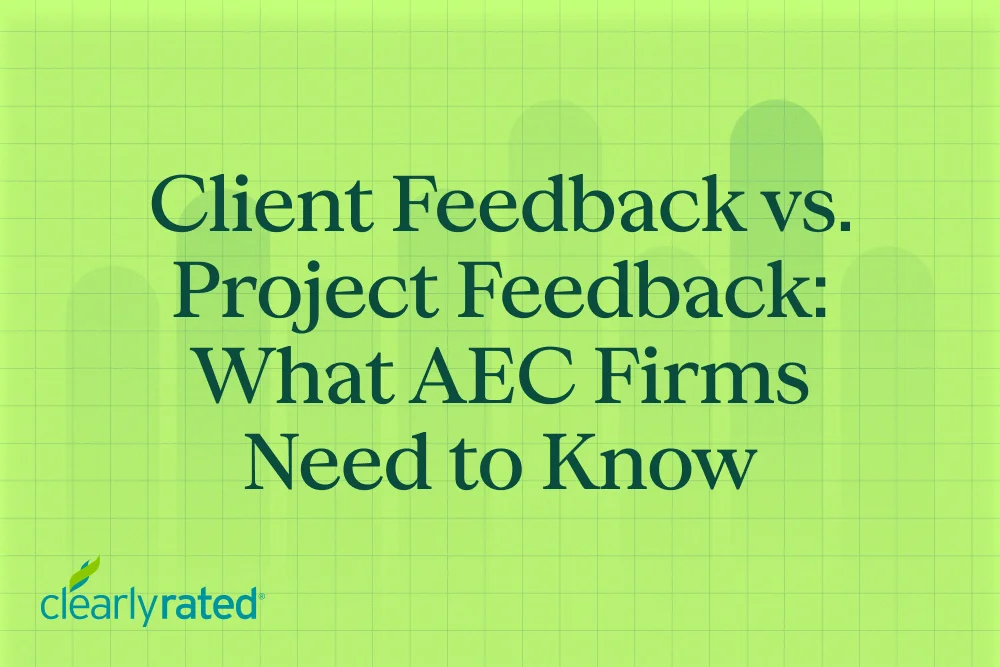




.png)






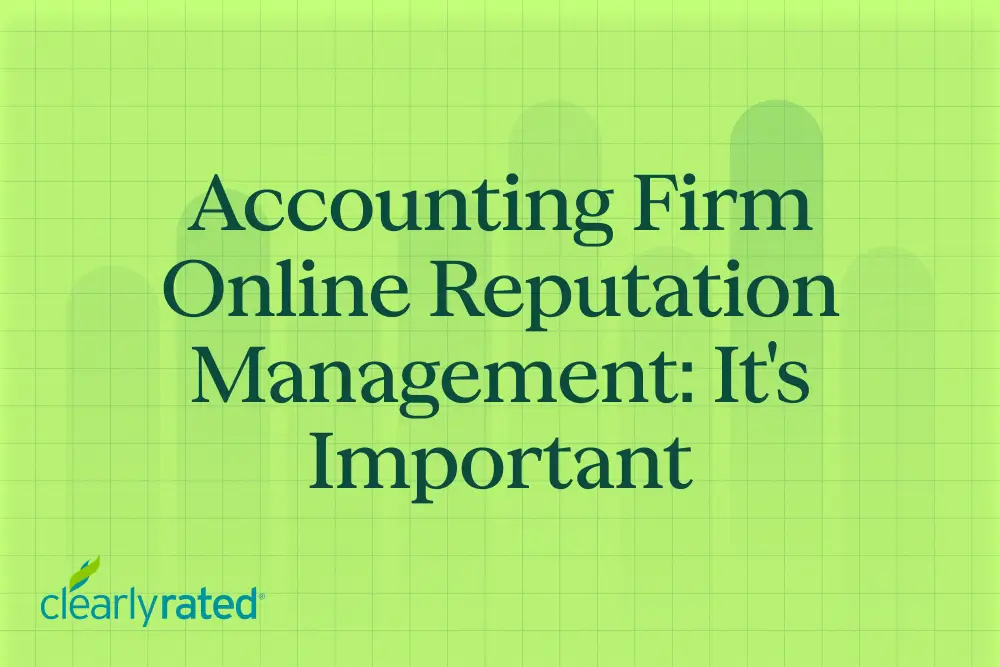




_%20The%20Ultimate%20Guide.png)
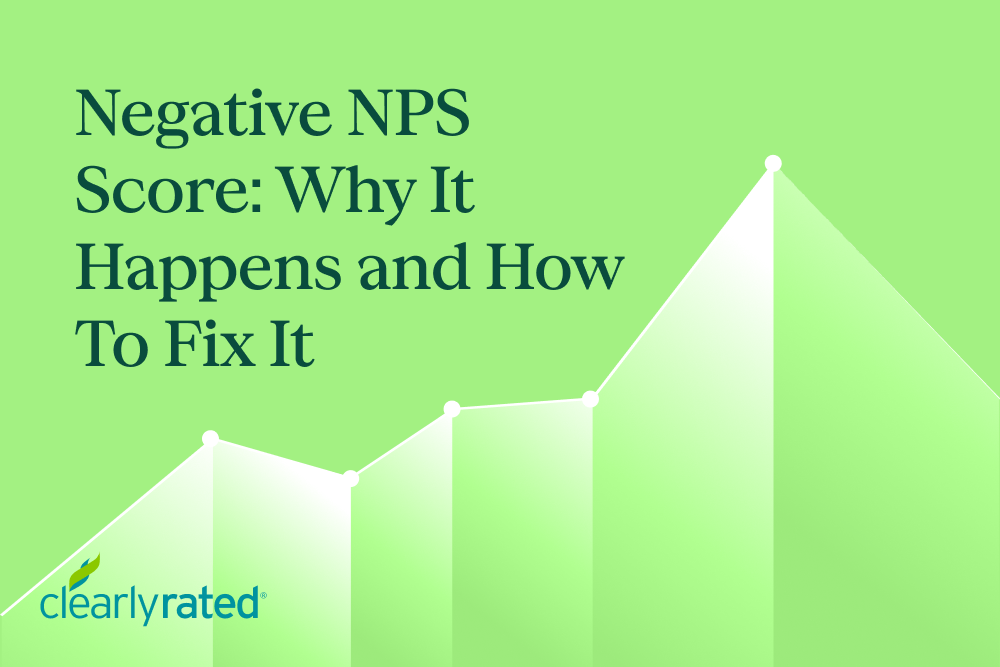
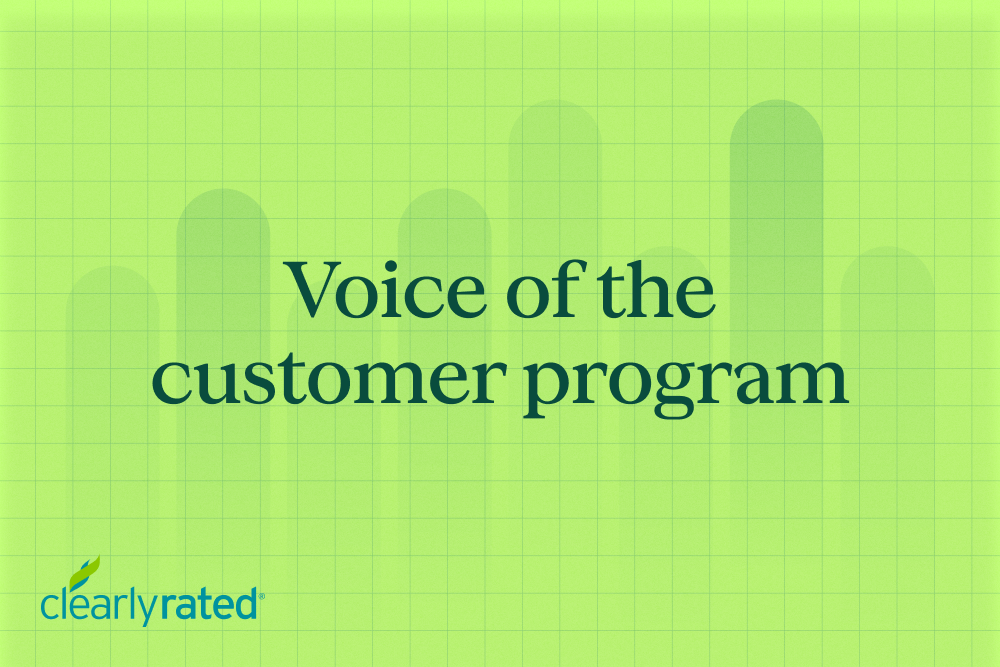


.png)




















%20in%20the%20Workplace.png)










.png)

%20and%20how%20can%20you%20increase%20it.png)
_%20A%20Step-by-Step%20Guide.png)

.png)
.png)




_.png)



%20in%202028.png)


_%20The%20Ultimate%20Guide%20(2024).png)











